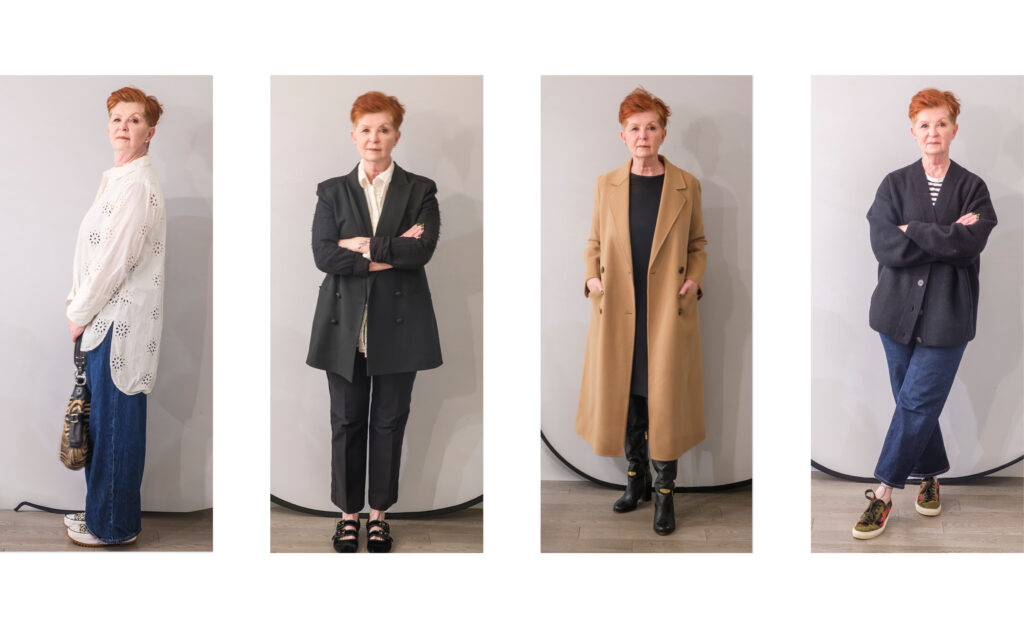by Scott Simpson, Saanichton Physiotherapy & Sports Clinic –
Running is a simple endeavour, but it’s not easy! I’m a strong believer in doing preventative independent exercises as a means of building a strong foundation. They are free, relatively easy and specific to the task of running.
In my opinion, this is the best way to fine tune your body for success.
With this in mind, we all have unique running styles, but when running, we want to move forward efficiently. Most injuries that occur while running are repetitive strains and do not typically happen in isolation. In other words (for example), we can’t simply treat an injury to a knee: we have to treat the individual’s movement pattern. The hip bone’s connected to the knee bone … !
Let me give you an example. How about I ask you to stand on one foot. Now close your eyes. My guess is that you will feel vertical, lateral and torsional movement through your foot and ankle. Since we know that these forces predispose us to injury, and that these stresses are magnified when we run, this is a good exercise to practise. In fact, studies have shown that practising standing on one foot with your eyes closed can help prevent ankle sprains and even falls. By doing these exercises, you train your body to reflexively know where your foot is relative to the ground, and thus stand a better chance of preventing injury.
Now let’s move further up the chain and visualize the knee. Essentially, we want our knee to track straight over our second toe, providing movement exclusively in a forward direction. Twisting and sideways movement are the knee’s biggest enemies, and can lead to knee pain. So here is a good strengthening exercise to reinforce the proper movement pattern. Stand on one leg and try to bend your knee over your second toe. It’s not as easy as it sounds! If it is, try closing your eyes!
My third example would be to consider the effects of too much range of motion. For this one we will look at our mid section. I’m quite sure you will agree with me that when we run we move our lower extremity and opposite upper extremity in unison. If we have excessive movement through our upper extremity there will be a counterbalancing force through your lower extremity. Try this: stand with your arms at your side, elbows out. Try an exaggerated wide arm swing. How does it feel on your back, hips, knees, ankles, even your feet? This is excessive motion that can lead to injury. Now try this: keep your elbows tight to your body and have your thumbs up. Move your forearms on forward plane. Now how does it feel?
So to sum all of this up, we always want to think about the direction of movement. You want to harness as much of your energy as possible to move forward. Of course, considering we all have different running styles, there are many other specific complementary exercises that can be performed for specific weaknesses. If you can master these concepts, you will be much less likely to get injured and you will move forward more quickly.
Enjoy taking your steps to success and see you on race day!




